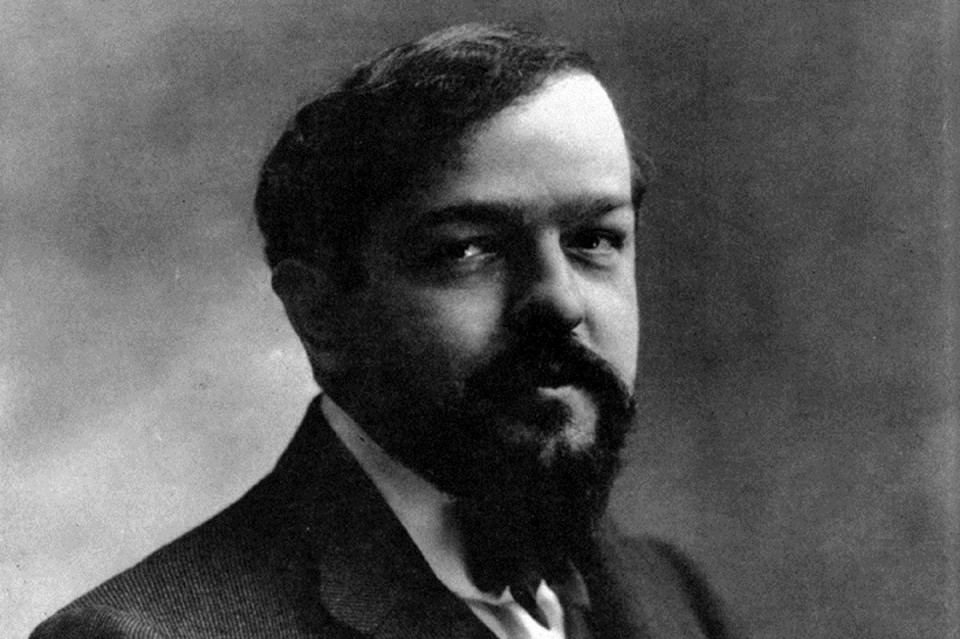“The music I desire must be supple enough to adapt itself to the lyrical effusions of the soul and the fantasy of dreams.” – Claude Debussy
Deemed as “one of the major miracles of musical history”, Debussy’s iconic work, Prélude a L’après-midi d’un faune, was incredibly well-received following its first performance and since then has cemented itself into one of the most adored works of the orchestral repertoire.
The piece was born while Debussy was living in a vibrant bohemian Paris in the 1880s. A scintillating hub of cafes and nightclubs where artists, musicians and poets gathered and shared their latest ideas. Here, Debussy came across artists such as Degas and Monet and poets such as Paul Verlaine and Stéphane Mallarmé.
Mallarmé hosted regular poetry readings at his house, and it was perhaps here that Debussy encountered his poem about a faun’s erotic fantasies on a hot afternoon. Mallarmé, along with the symbolists, desired to create poetry that freed itself from the rigorous French literary traditions of the time, allowing the artist to deeper explore the intangible truths of the subconscious.
The nine-minute piece took Debussy almost two years to write. The result is a meticulously formed, free illustration of Mallarmé’s sensuous poem. The elusiveness of the exotic harmonies and extraordinary orchestration create a sonorous surface in constant flux.
In ways never before, Debussy invites us to enjoy the beauty of the moment, and the colours of the sounds. He said that, “music is not the expression of feeling but the feeling itself.” Experience this for yourself in all its sensuous seduction… perhaps on a hot afternoon as the season turns!
